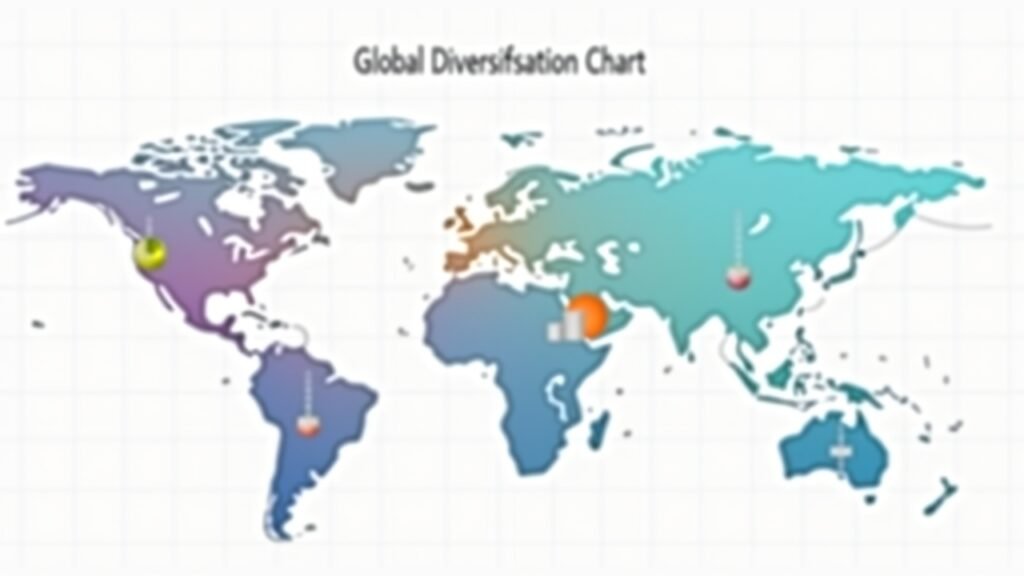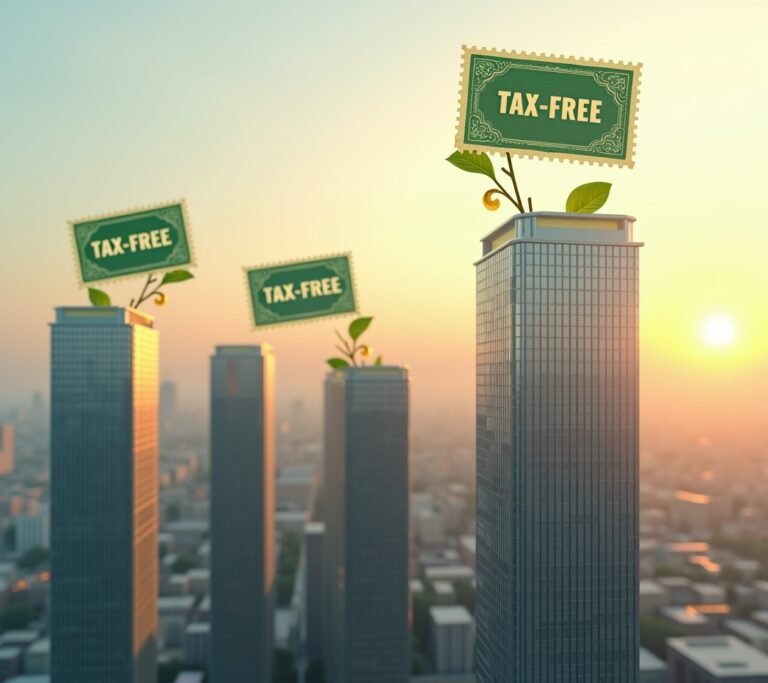Did you know that over 70% of American investors have zero international exposure in their portfolios? I sure was part of that statistic until about five years ago when I realized I was missing out on some serious growth opportunities. International ETFs investing completely changed my investment game, and honestly, I wish I’d started sooner!
Look, diversification isn’t just some fancy Wall Street buzzword – it’s your financial safety net. When I first started investing, I was all about those sexy U.S. tech stocks. But then 2020 happened, and while my domestic holdings took a beating, my international ETFs actually helped cushion the blow.
What Exactly Are International ETFs?

International ETFs are basically baskets of foreign stocks that trade on U.S. exchanges. Think of them as your passport to global investing without the hassle of opening foreign brokerage accounts or dealing with currency exchanges directly.
I remember my first purchase – the Vanguard FTSE Developed Markets ETF (VEA). I was nervous as heck because I didn’t understand half the companies in it. But that’s actually the beauty of these funds – you don’t need to research individual foreign companies.
These ETFs come in different flavors: developed markets, emerging markets, regional funds, and single-country ETFs. Each one gives you exposure to different parts of the global economy, which is pretty cool when you think about it.
Why I Started Investing in International Markets
My “aha moment” came during a conversation with my cousin who works in finance. He asked me, “Why are you only betting on 4% of the world’s companies?” That hit hard.
The U.S. stock market represents roughly 60% of global market capitalization, but there are amazing companies everywhere. I was missing out on giants like Nestlé, Samsung, and ASML just because they weren’t American companies.
Plus, different economies don’t always move in sync. When the U.S. market is having a rough patch, European or Asian markets might be thriving. This correlation factor became really obvious to me during various market cycles.
My Biggest Mistakes (So You Don’t Make Them)
Oh boy, where do I start? My first mistake was going overboard with emerging markets ETFs because the returns looked amazing on paper. I threw way too much money into funds like VWO without understanding the volatility that comes with developing economies.
Another rookie error was not paying attention to expense ratios. I bought some international ETFs with fees over 0.75% when I could’ve gotten similar exposure for under 0.20%. Those fees add up over time, trust me.
Currency hedging also confused the heck out of me initially. I bought both hedged and unhedged versions of the same fund without really understanding the difference. Pro tip: stick with unhedged for long-term investing unless you really know what you’re doing.
Building Your International ETF Portfolio
Here’s what I learned works well: start simple. I allocate about 30-40% of my equity holdings to international ETFs, which seems to be the sweet spot for most investors.
My current setup looks something like this:
- 20% developed international markets (VEA or VTIAX)
- 10% emerging markets (VWO or VEMAX)
- 5% specific regional plays (like Europe or Asia-Pacific)
Don’t overthink the allocation – even financial advisors at Vanguard suggest keeping it straightforward. The key is consistency, not perfection.
Tax Considerations That Matter

This part gets a bit boring, but it’s important. International ETFs often come with foreign tax credits that can help reduce your tax bill. I didn’t know about this for years and probably missed out on some savings.
Also, holding these ETFs in tax-advantaged accounts like IRAs can make sense since you won’t have to deal with the complexity of foreign tax credits. However, don’t let tax considerations drive all your decisions – the tail shouldn’t wag the dog, as they say.
Ready to Go Global?
International ETFs investing isn’t rocket science, but it does require patience and a long-term mindset. The volatility can be nerve-wracking sometimes – I’ve watched my emerging markets holdings swing 20% in a month more times than I care to remember.
But here’s the thing: diversification works. My international holdings have provided both protection during U.S. market downturns and growth opportunities I wouldn’t have had otherwise. Start small, stay consistent, and don’t try to time different markets.
Remember, this is just my experience and shouldn’t replace proper financial advice. Everyone’s situation is different, so make sure any investment strategy fits your specific goals and risk tolerance.
Want to dive deeper into smart investing strategies and budget-friendly financial tips? Check out more articles on Budget Genie – we’ve got tons of practical advice to help you build wealth without breaking the bank!




[…] explore more ways to optimize your investment strategy? Check out our other money-saving tips and investment guides at Budget Genie – we’ve got tons of practical advice to help you build wealth smarter, […]